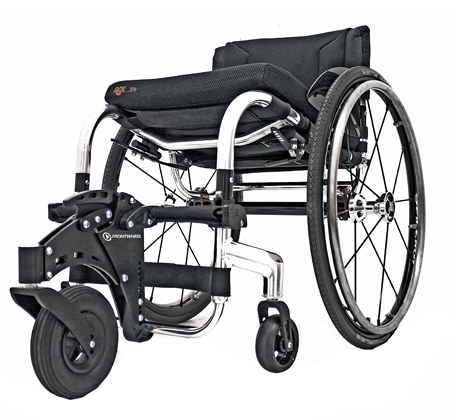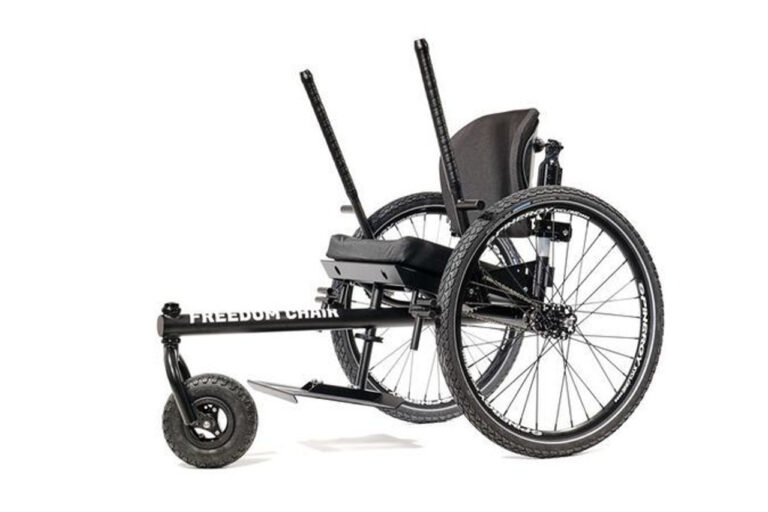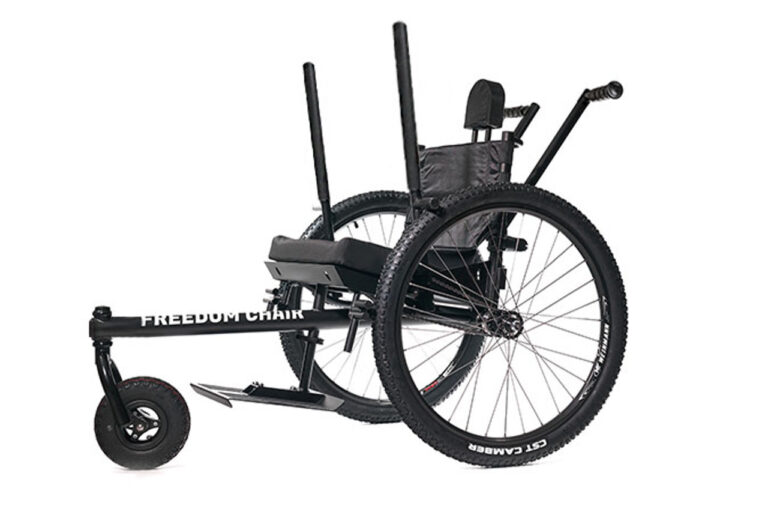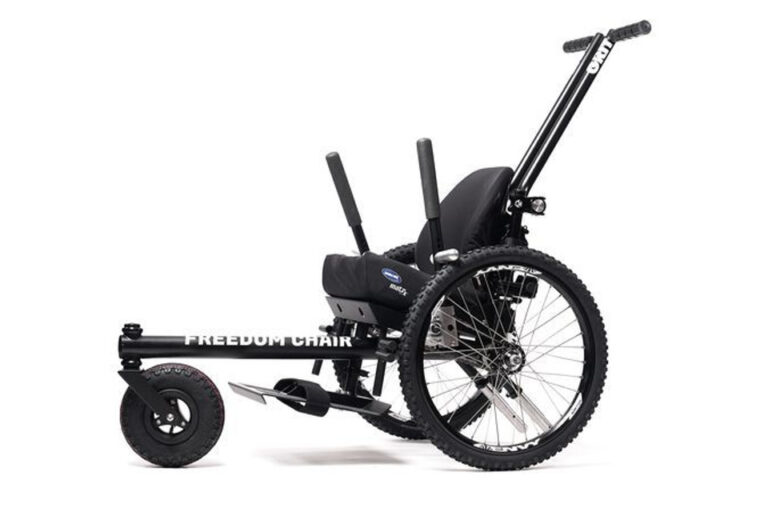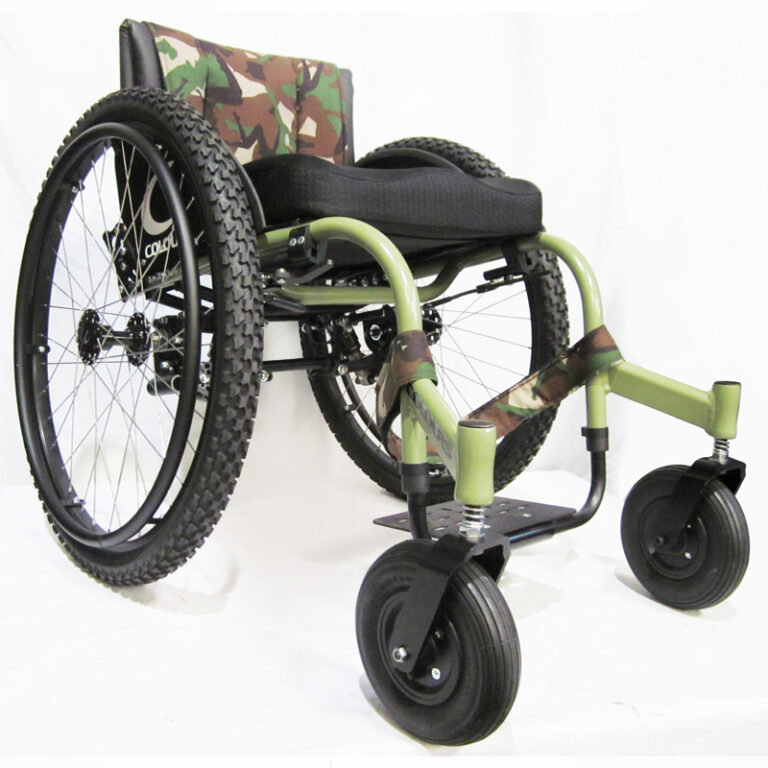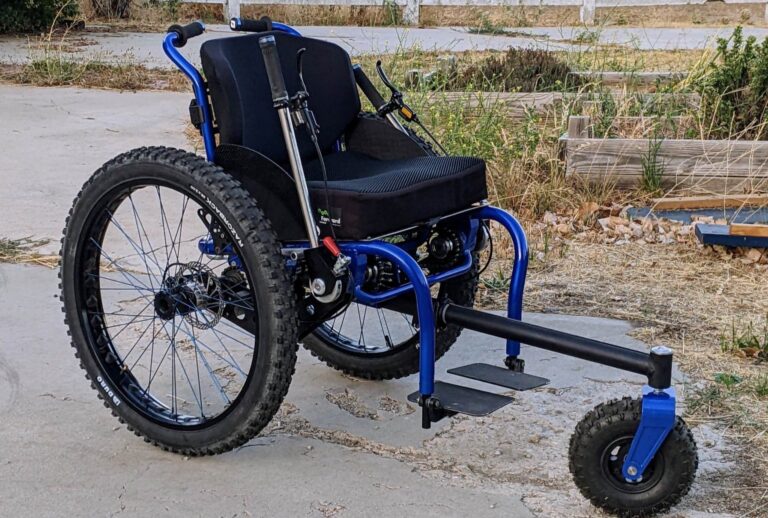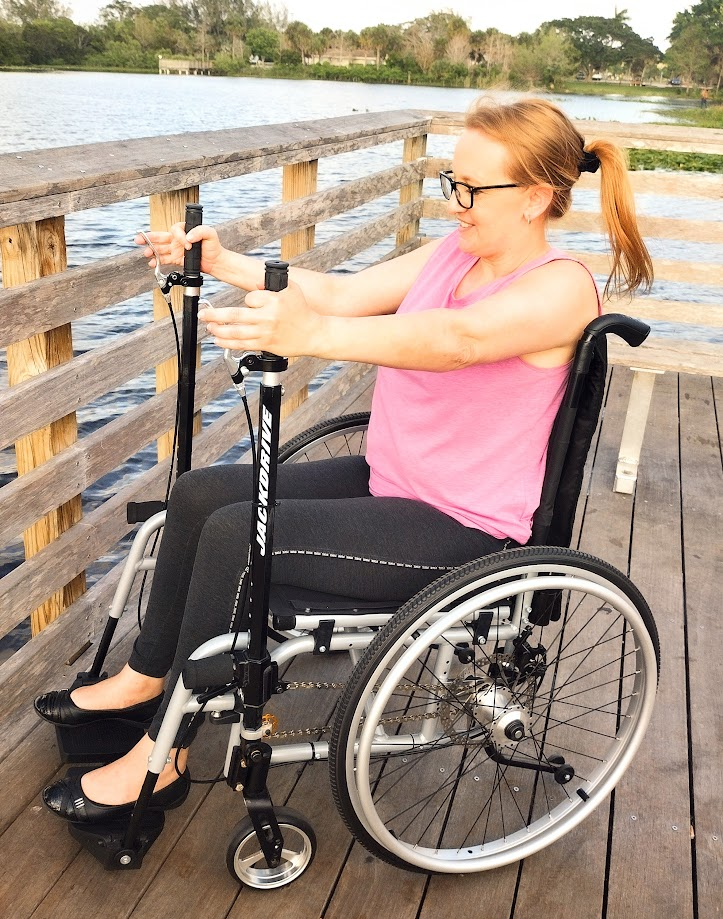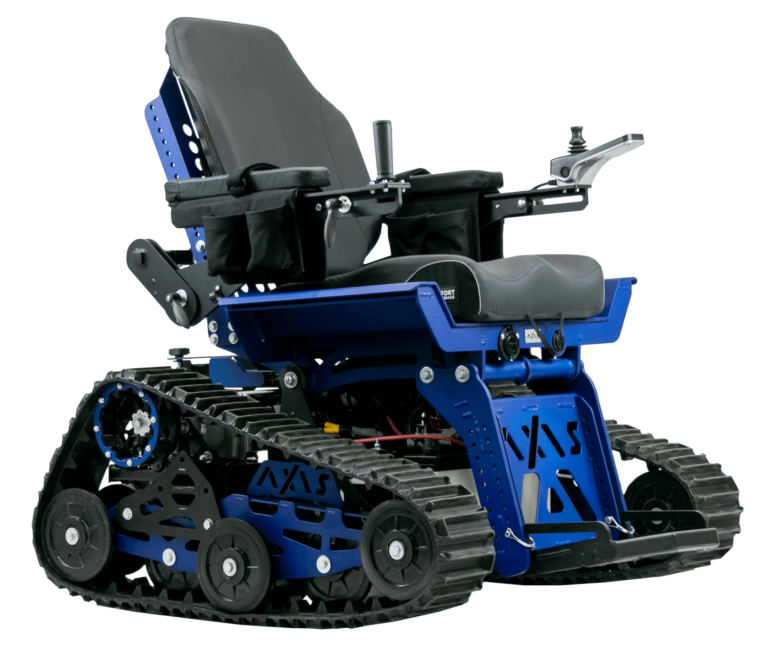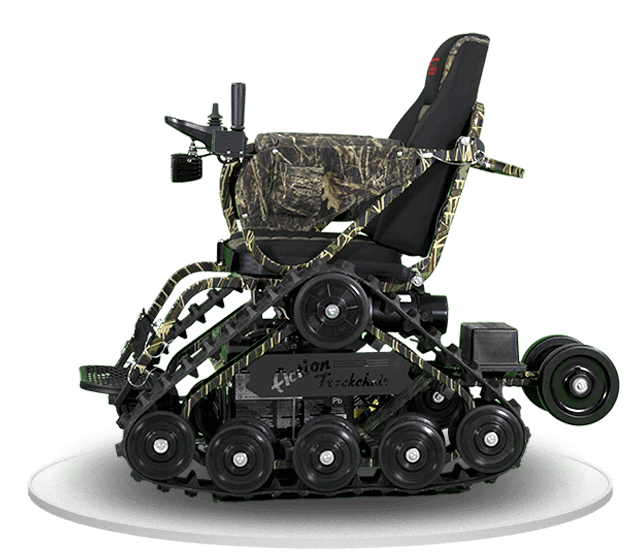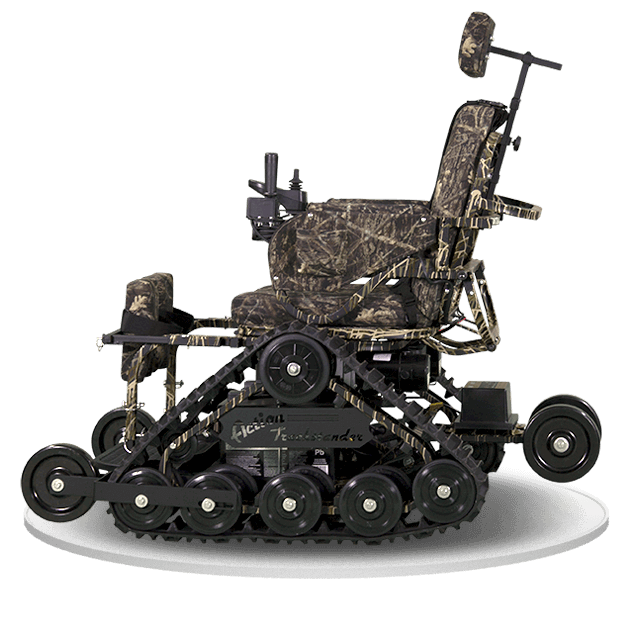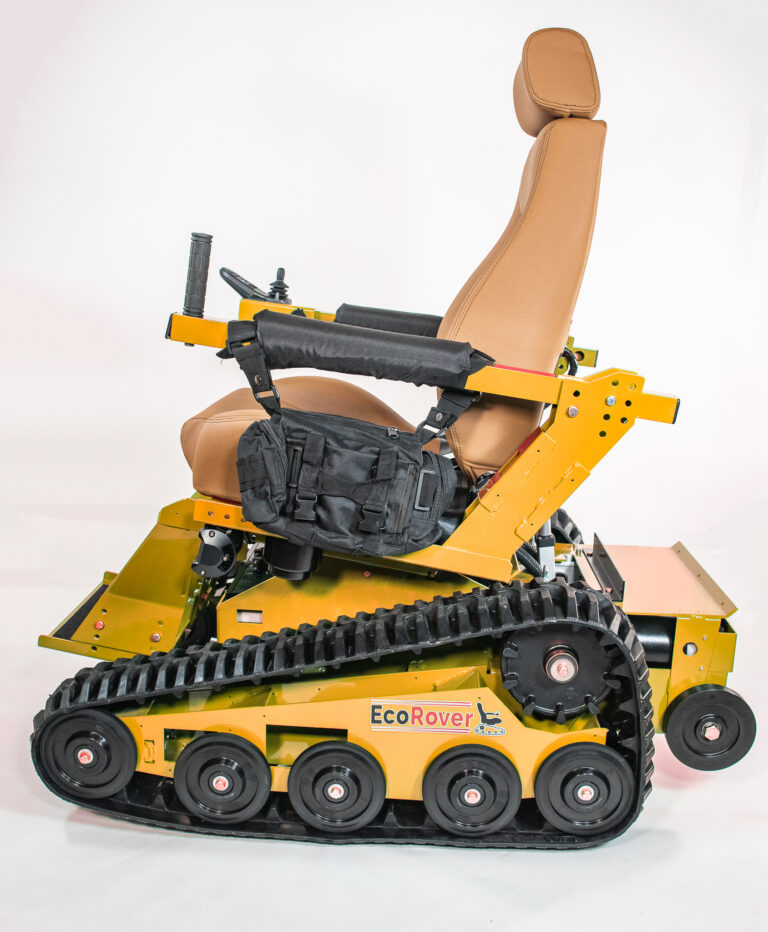Hiking
This page mainly focuses on wheel-based solutions to all-terrain mobility. If you feel any other solutions belong here, please let us know here.”
Hiking is one of the most common, simplest, and most locally available activities for able-bodied participants, but complex terrain can be intimidating for people with disabilities. Luckily, a plethora of adaptive options, and a growing network of accessible and “adaptable” trail systems make it one of the fastest growing adaptive sports.
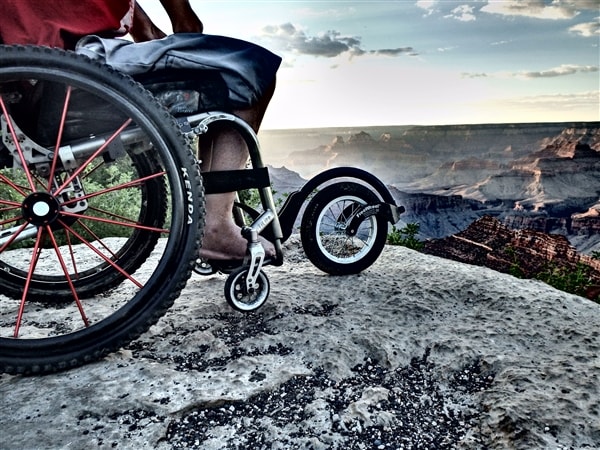
Wheelchair Attachments
All-terrain chair attachments allow three major conveniences: avoiding a transfer, reducing cost, and reducing storage requirements. Many people love these attachments for their needs, but they often bring limitations on complex terrain.
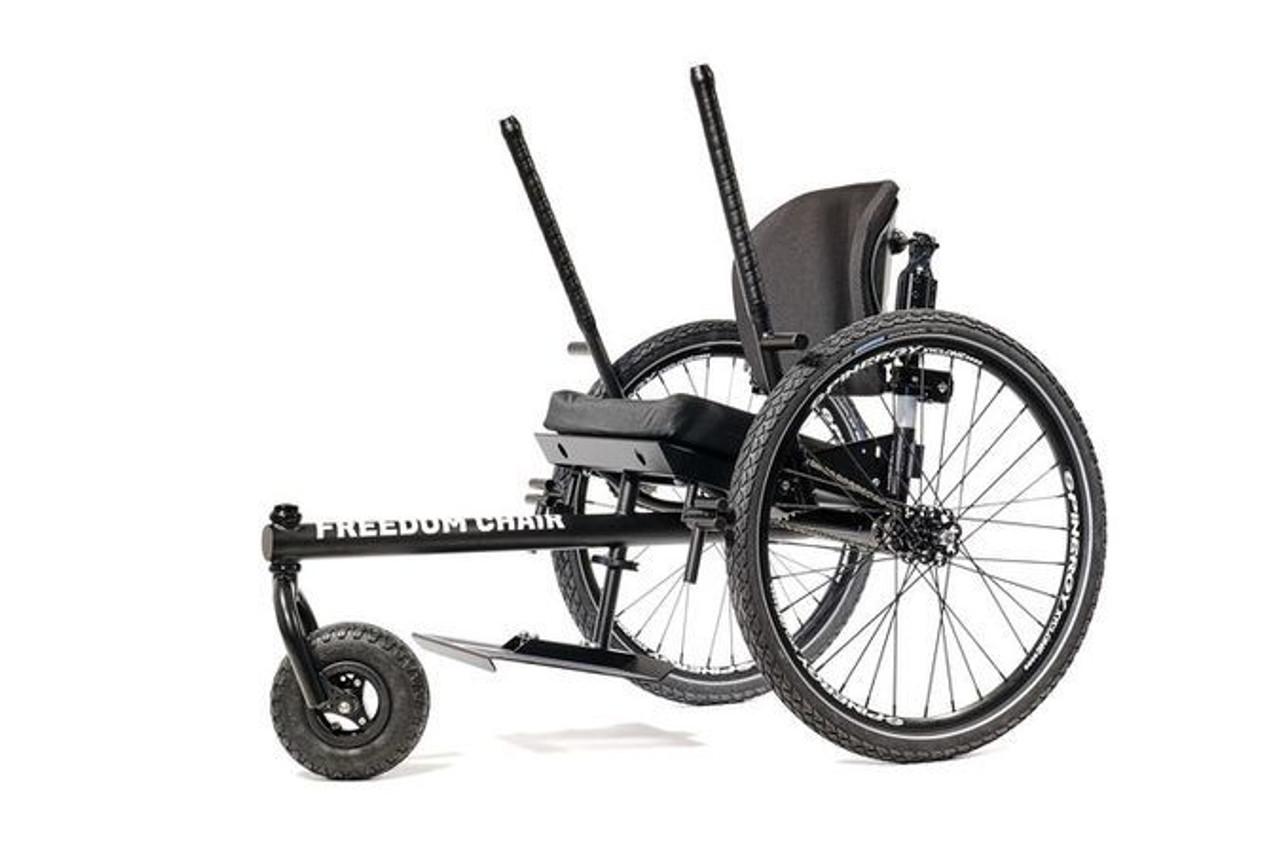
Manual All-Terrain Chairs
Hiking all terrain wheelchairs usually have mountainbike tires that help grip off road surfaces. The casters are beefy and rugged to help maneuver rough surfaces. They can come with a lever drive system or standard push the wheel system.
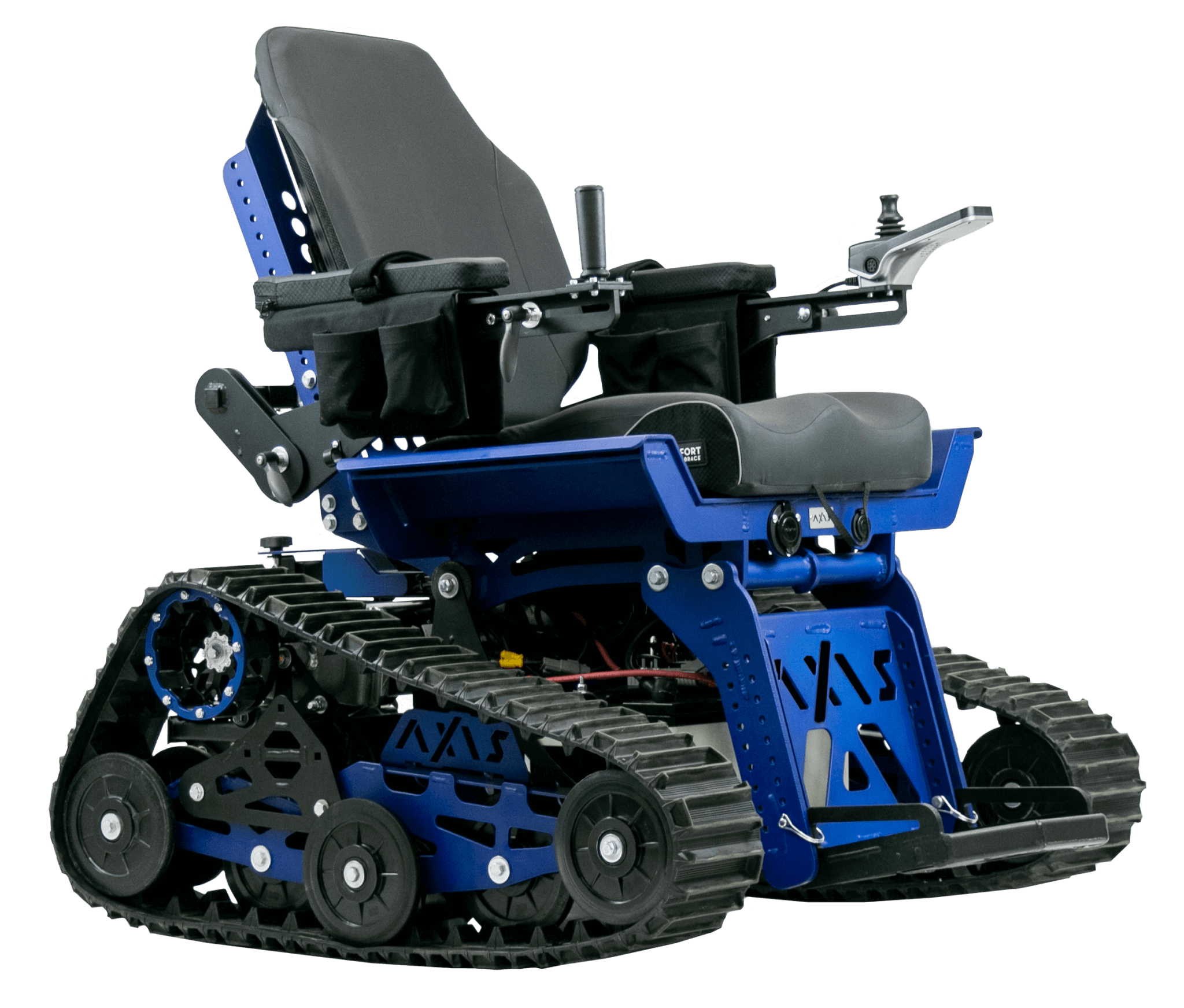
Powered All-Terrain Chairs
No your not in the army but you are driving a tank. Some of these bad boys have track systems that can get you anywhere you want.

Offroad Handcycles
This is a large category of equipment, and is mostly associated with adaptive mountain biking. Check out our full resource page on Mountain Biking for more information.
Equipment Options
Check out the equipment options available. Each one varies based on level of injury, but there’s something for everyone. Try a few different styles, and decide which is best for you.
